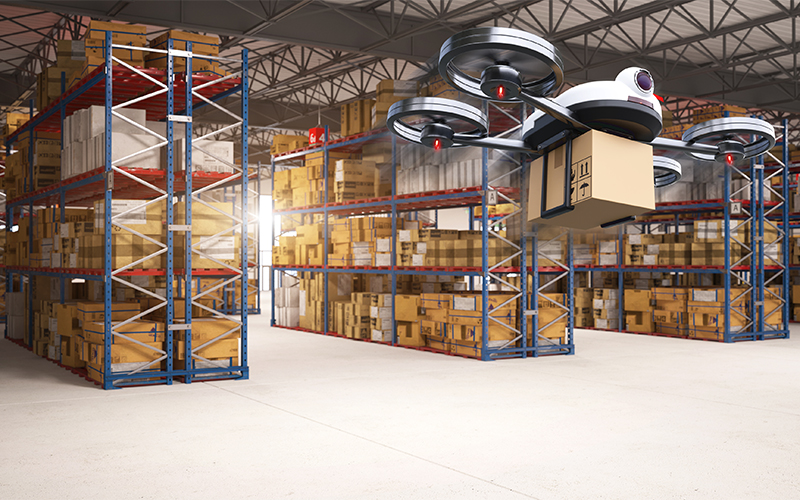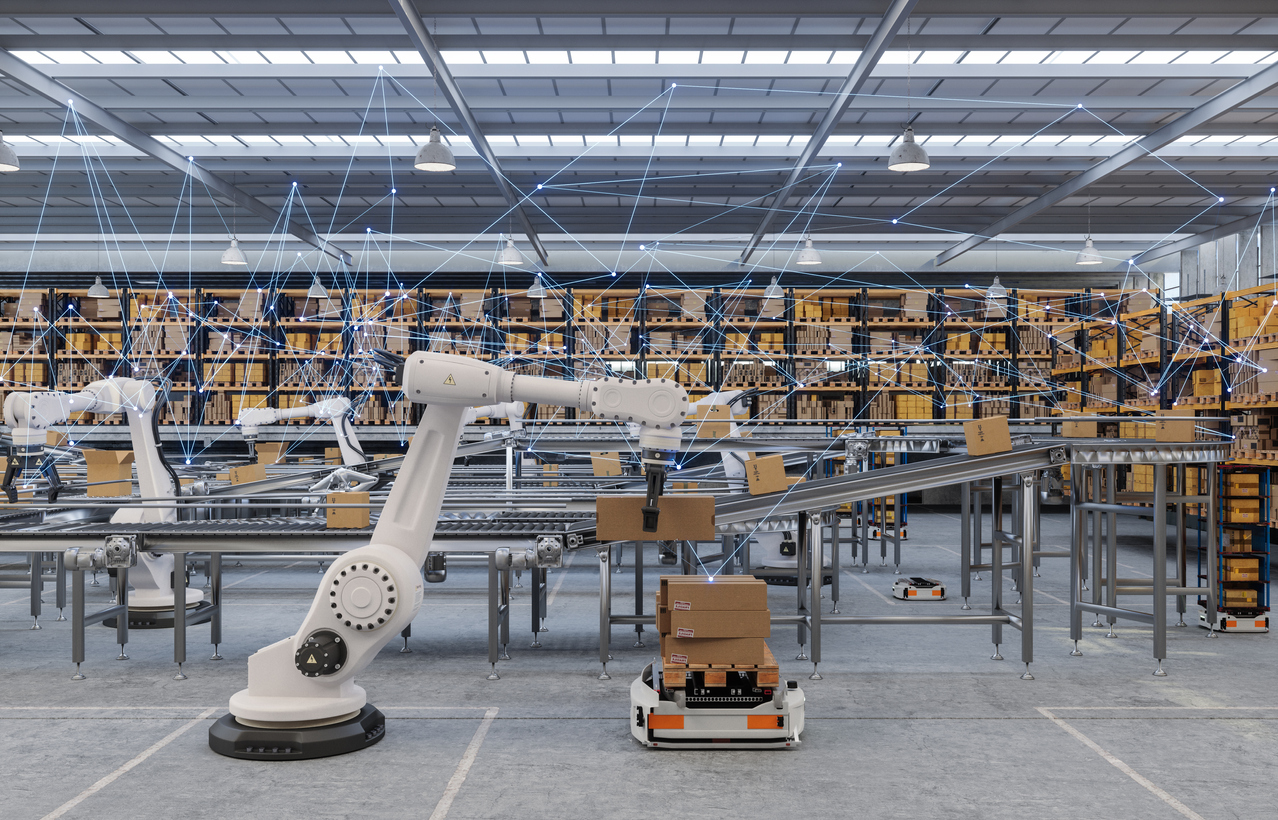
How Drones and Robotics Are Changing Warehouse Operations
In today’s competitive global supply chain, efficiency, accuracy, and speed are more vital than ever. As warehouses become the nerve centers of fulfillment and logistics operations, technologies like drones and robotics are transforming how goods are stored, picked, packed, and shipped. These advancements aren’t just futuristic trends—they’re real solutions already reshaping warehouse operations across the globe.
In this post, we’ll explore how drones and robotics are revolutionizing warehouses, the benefits for sourcing agents and logistics professionals, and what companies can do to stay ahead of the curve.
The Rise of Automation in Warehousing
As demand for faster delivery grows, manual warehouse operations are struggling to keep pace. Labor shortages, rising costs, and the need for 24/7 fulfillment have accelerated automation adoption.
Two Technologies Leading the Charge:
-
Drones (UAVs): Primarily used for inventory tracking, surveillance, and internal goods transport.
-
Warehouse Robotics: Includes robotic arms, autonomous mobile robots (AMRs), and collaborative robots (cobots) for sorting, picking, and packing.
🔗 Learn more: Scaling Logistics Operations During Seasonal Spikes
How Drones Are Enhancing Warehouse Efficiency
Drones have become essential tools for modern warehouses. They offer a bird’s-eye view of inventory and infrastructure, and help minimize human errors.
Key Uses of Drones in Warehousing:
-
Inventory Auditing
-
Drones can scan RFID tags or barcodes rapidly, conducting inventory counts up to 80% faster than manual methods.
-
Reduces labor time and minimizes inaccuracies.
-
-
Visual Surveillance
-
Drones can monitor large facilities for security and safety hazards.
-
Helpful for overseeing restricted or hard-to-access zones.
-
-
Goods Transportation
-
Lightweight drones can move small packages or documents between departments in large facilities.
-
Particularly useful for pharmaceutical or high-tech warehouses.
-
🔗 Suggested read: Freight Futures and Predictive Trade Analytics
Robotics: The Core of Smart Warehouses
Robotic automation has evolved well beyond traditional conveyor belts. Today’s systems are equipped with AI, machine learning, and IoT integrations.
Common Types of Warehouse Robots:
-
Autonomous Mobile Robots (AMRs)
Navigate warehouse floors and transport goods without human guidance. -
Robotic Picking Systems
Use advanced sensors and vision systems to identify, grab, and move products with precision. -
Collaborative Robots (Cobots)
Work alongside humans to increase productivity and reduce physical strain.
🔗 Learn more: The Impact of AI on Supply Chain Optimization: Key Insights for 2025
Benefits for Sourcing Agents and Fulfillment Providers
Warehouse automation is not just for logistics giants like Amazon. Sourcing agents and B2B businesses are also reaping the rewards.
1. Reduced Operating Costs
Robots and drones cut down on manual labor, reduce damage from human error, and operate round-the-clock.
2. Faster Order Fulfillment
Automation significantly reduces pick-pack times and improves order accuracy—essential for cross-border sellers.
3. Enhanced Quality Control
Vision-equipped robots and AI-driven drones help identify damaged goods or mislabeling before shipment.
4. Improved Supplier Accountability
Automated inventory systems provide real-time tracking, making it easier for sourcing agents to monitor supplier performance.
🔗 Explore: Agents for E-Commerce Sellers: Fulfillment and QC
Implementation Challenges and Considerations
Despite the clear advantages, integrating robotics and drones isn’t without challenges.
⚠️ Initial Investment
Costs for setup, integration, and training can be high—especially for SMEs.
⚠️ Regulatory Compliance
Drones may require specific licenses or comply with airspace laws depending on the country.
⚠️ Workforce Transition
Companies must prepare their workforce for tech-driven roles, with training on software, safety, and maintenance.
🔗 Related: Crisis Management by Local Sourcing Agents
Global Case Studies
-
JD.com (China): Uses drones for warehouse deliveries in rural areas and AMRs in smart warehouses to reduce fulfillment times.
-
Ocado (UK): Employs AI-powered robotic picking arms and custom-built warehouse systems for grocery orders.
-
Amazon (Global): Pioneers in Kiva robots for sorting and drones for last-mile delivery (Prime Air).
These innovations are already pushing competitors to rethink traditional sourcing and warehousing strategies.
What This Means for the Future of Sourcing
Sourcing agents who align with automated warehouses can offer clients:
-
Faster time to market
-
Lower shipping errors
-
Real-time inventory visibility
-
Lower warehousing and storage costs
In competitive markets, the ability to deliver faster and more reliably can define brand success—especially in B2B environments.
🔗 Also read: How to Build a Strong Digital Presence for Your Brand in 2025
Final Thoughts
As technology advances, warehouse automation will no longer be a competitive edge—it will be an operational necessity. Drones and robotics are shaping the next frontier of logistics by offering better data, increased throughput, and fewer human errors.
For sourcing professionals, now is the time to identify warehousing partners who are investing in automation or consider integrating these technologies directly into your supply chain offerings.
Need help sourcing from automation-ready suppliers?
Partner with a trusted expert at BestSourcing-Agent.com to streamline your logistics, quality control, and fulfillment through next-gen warehouse technologies.
